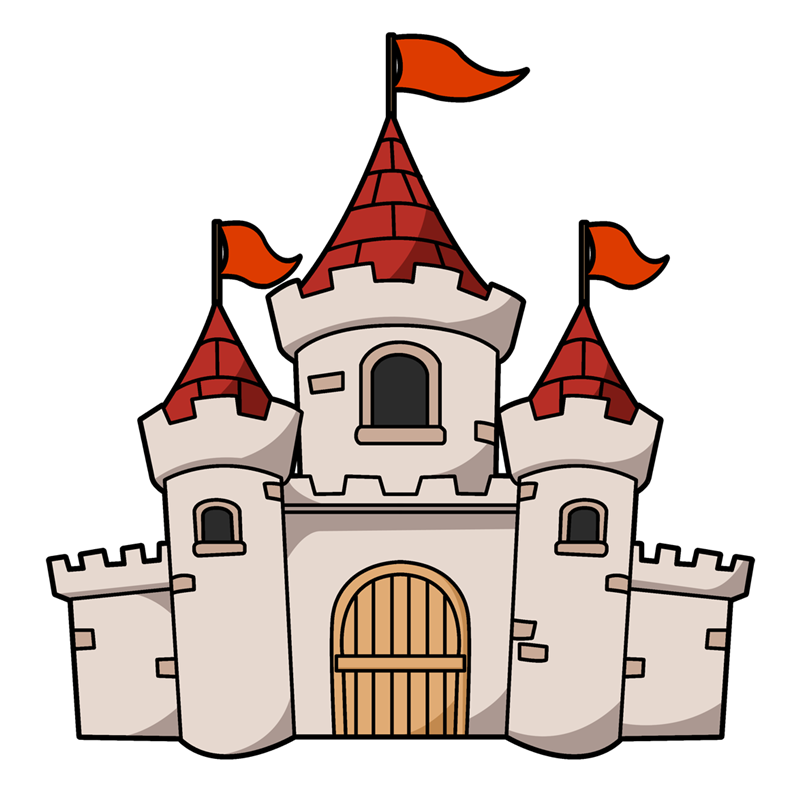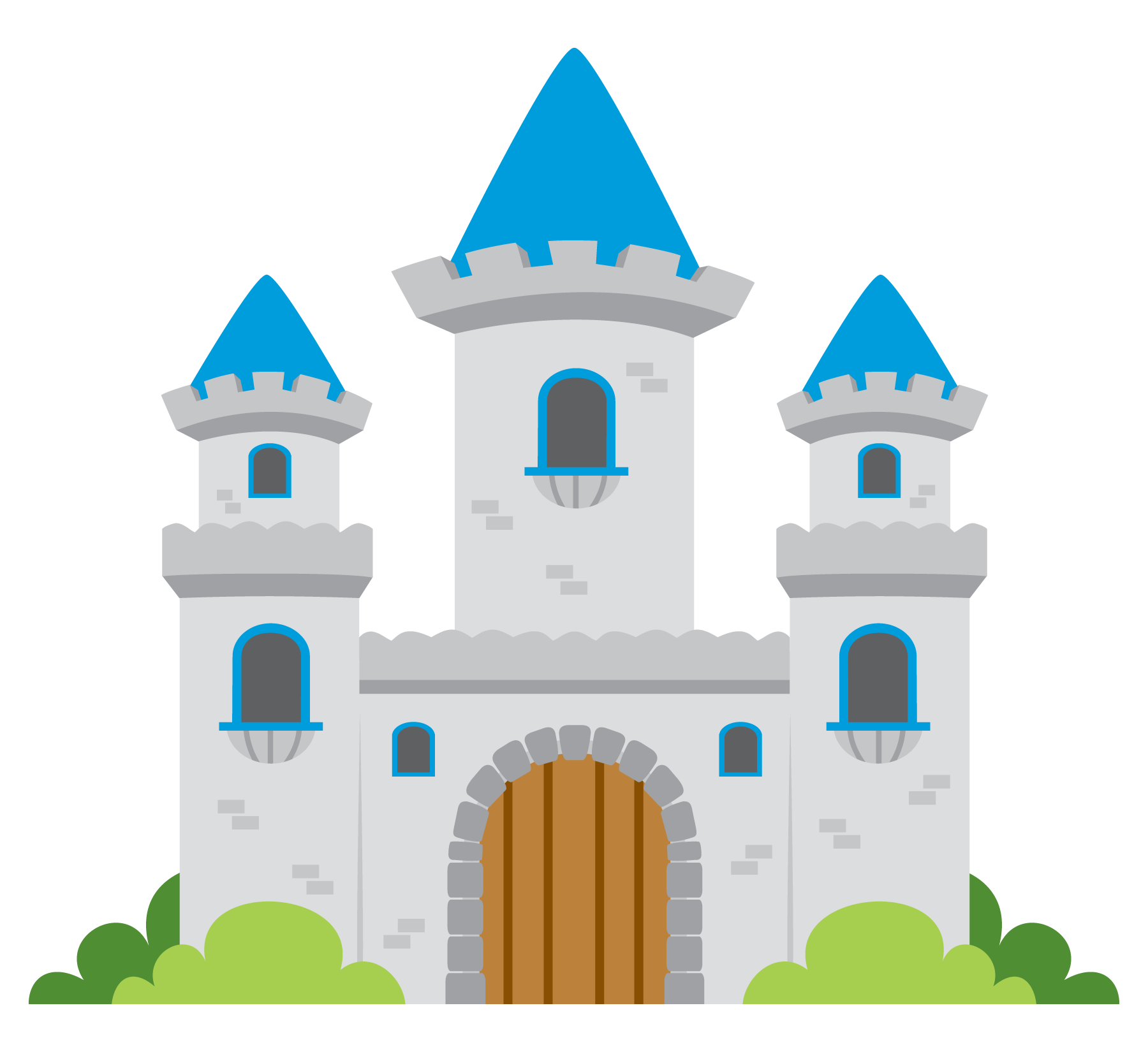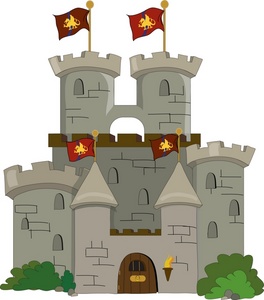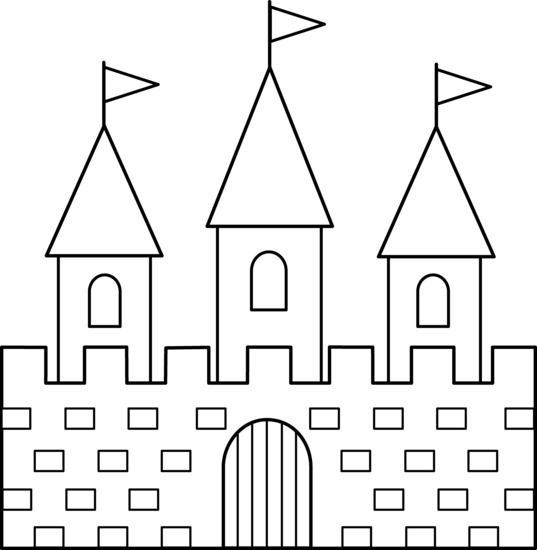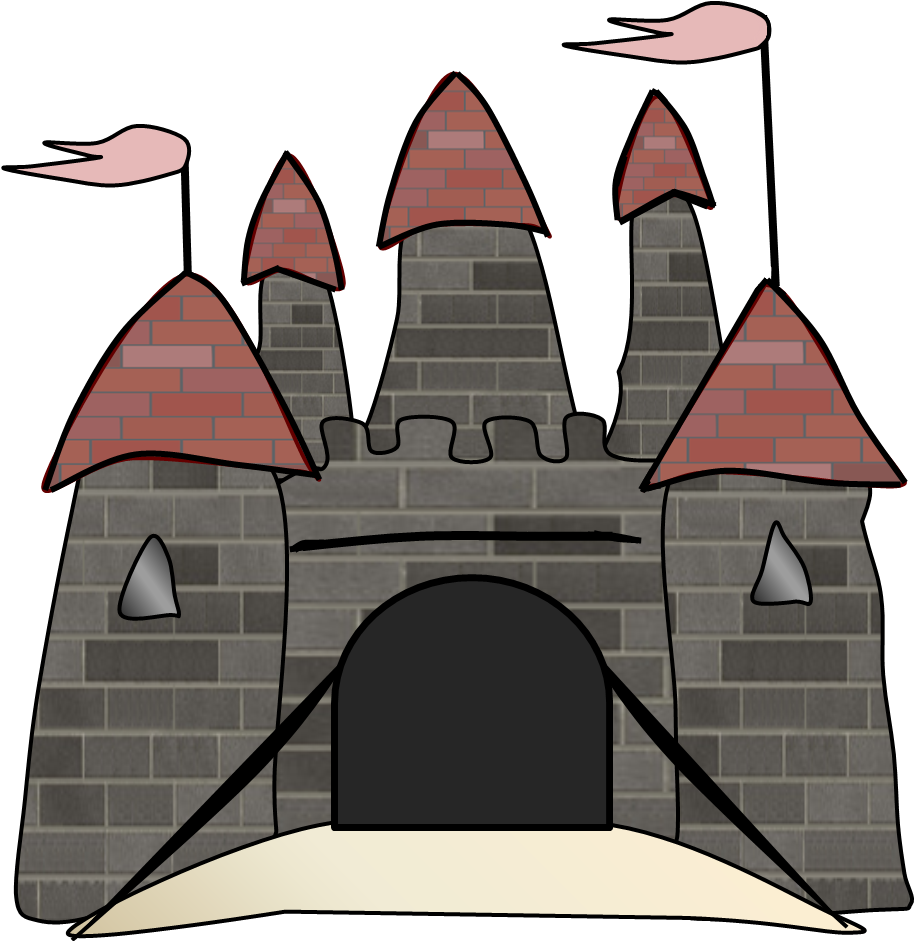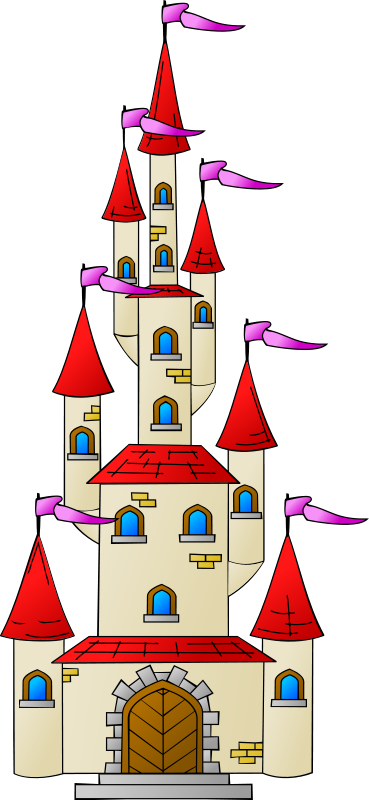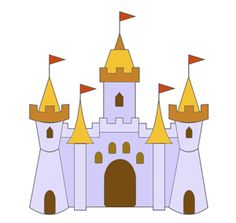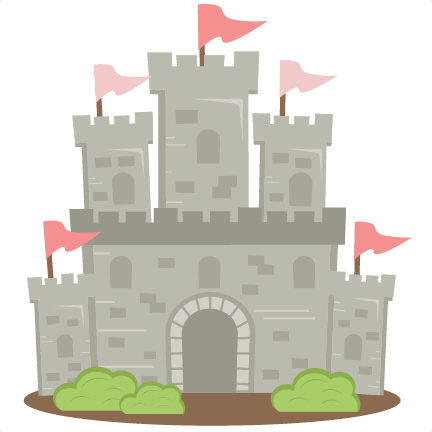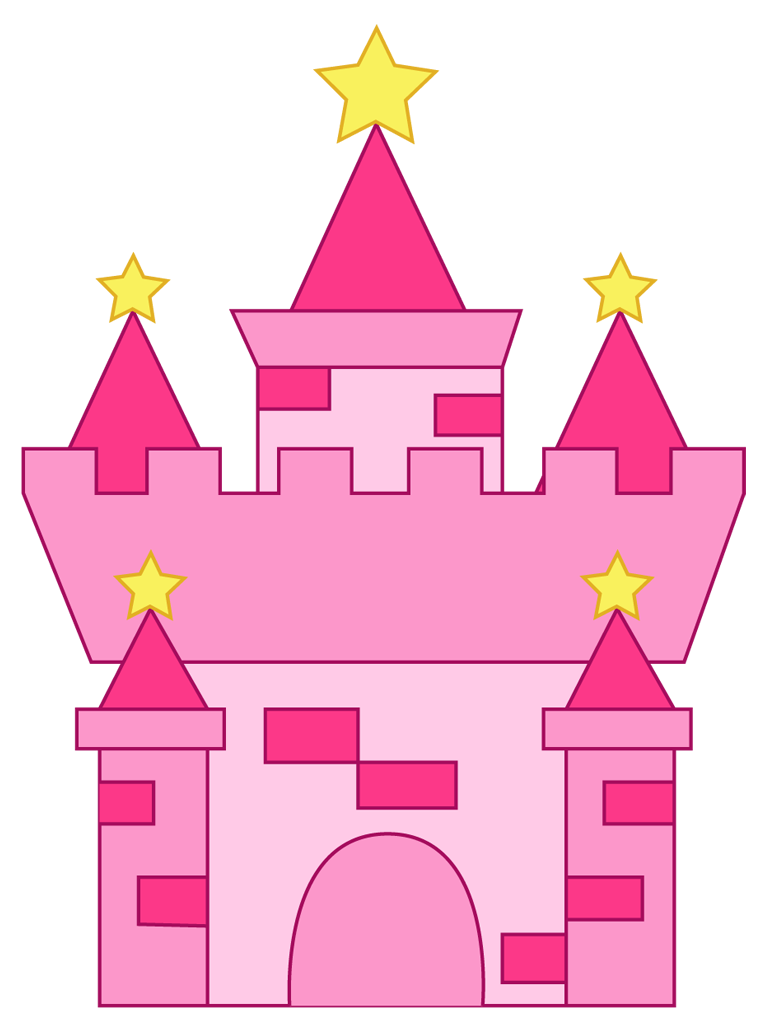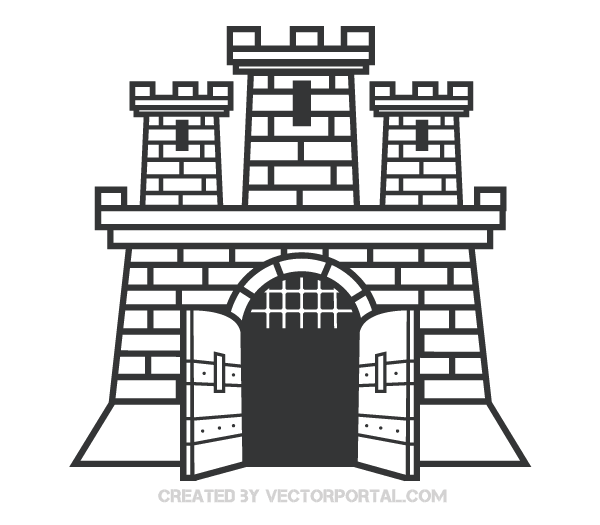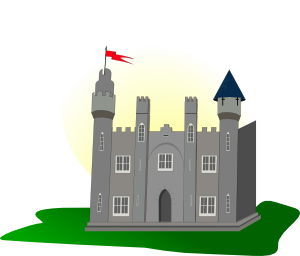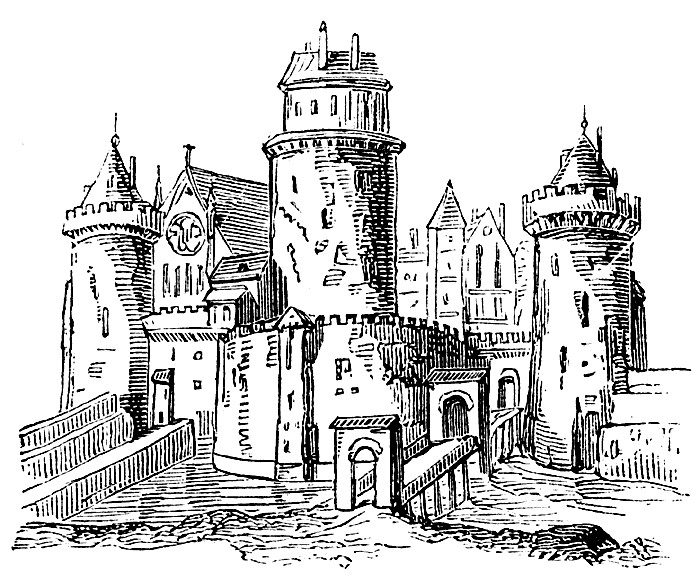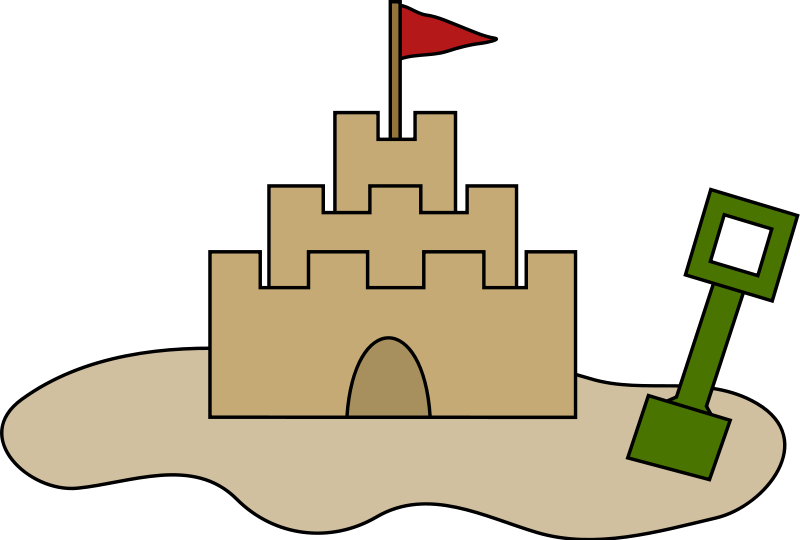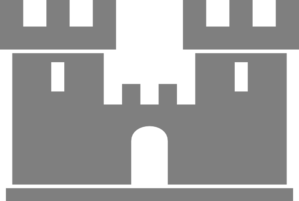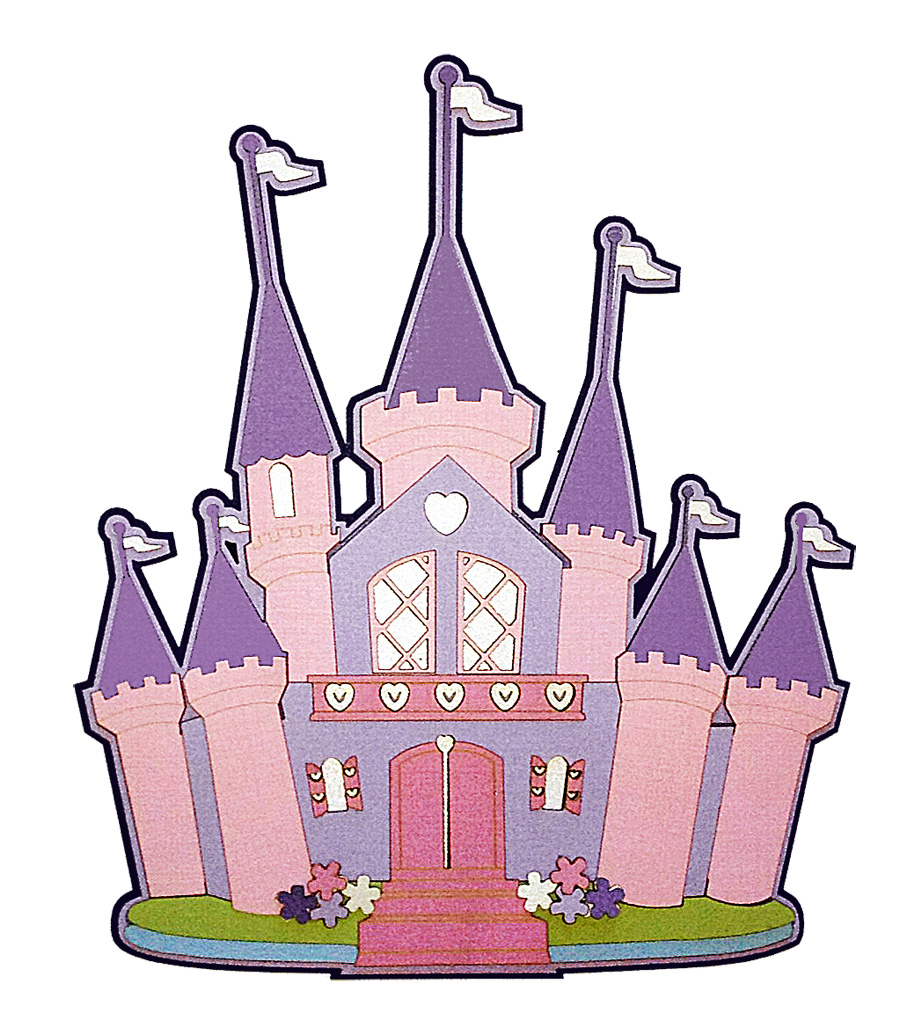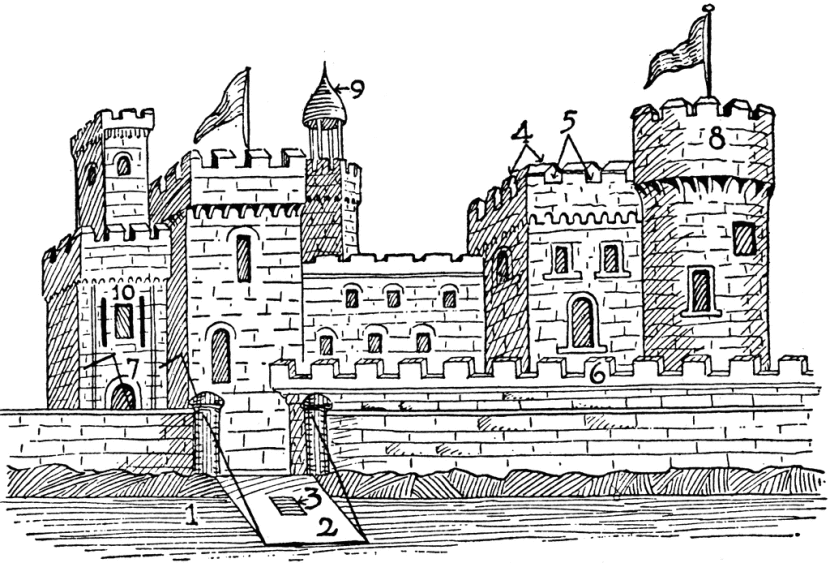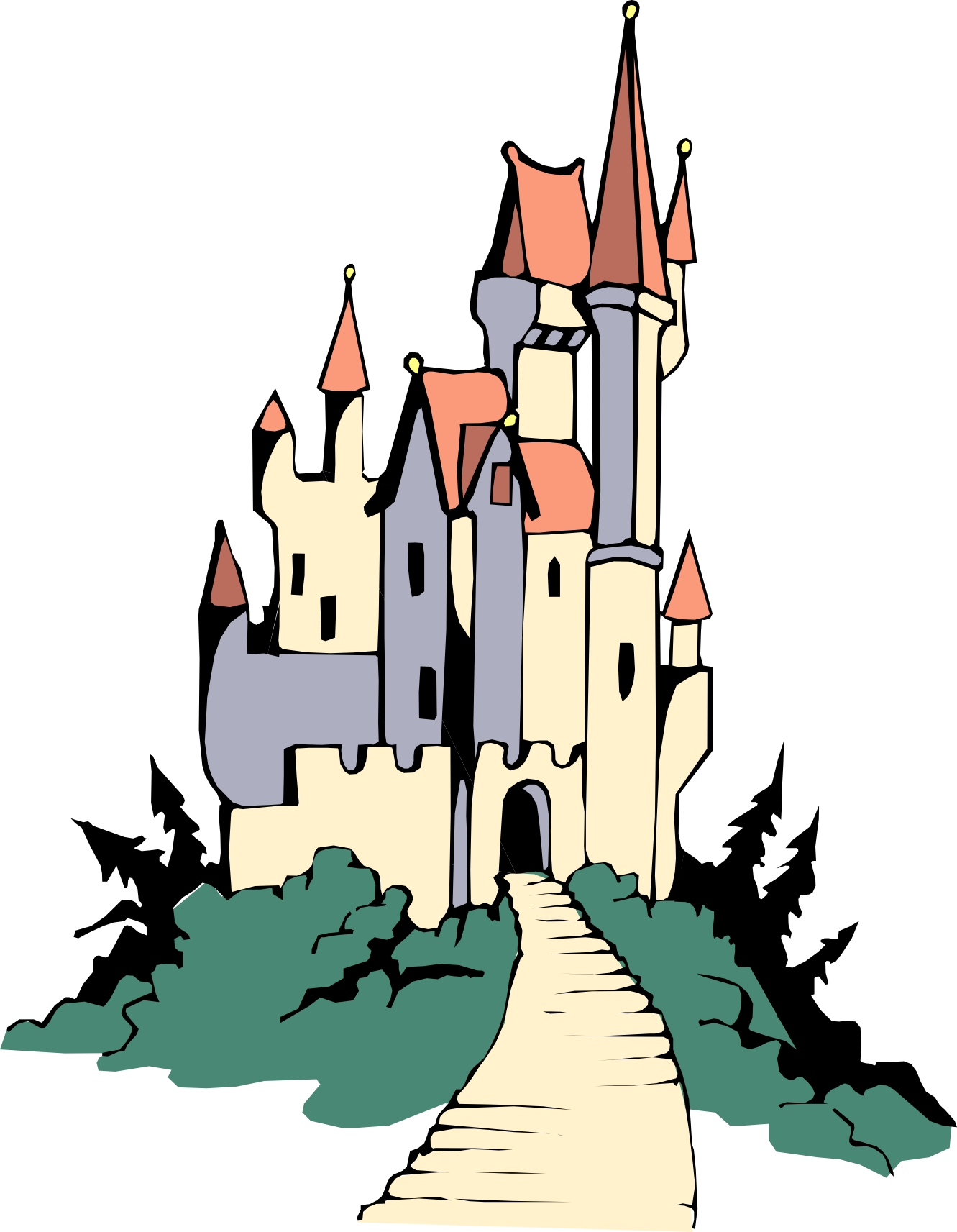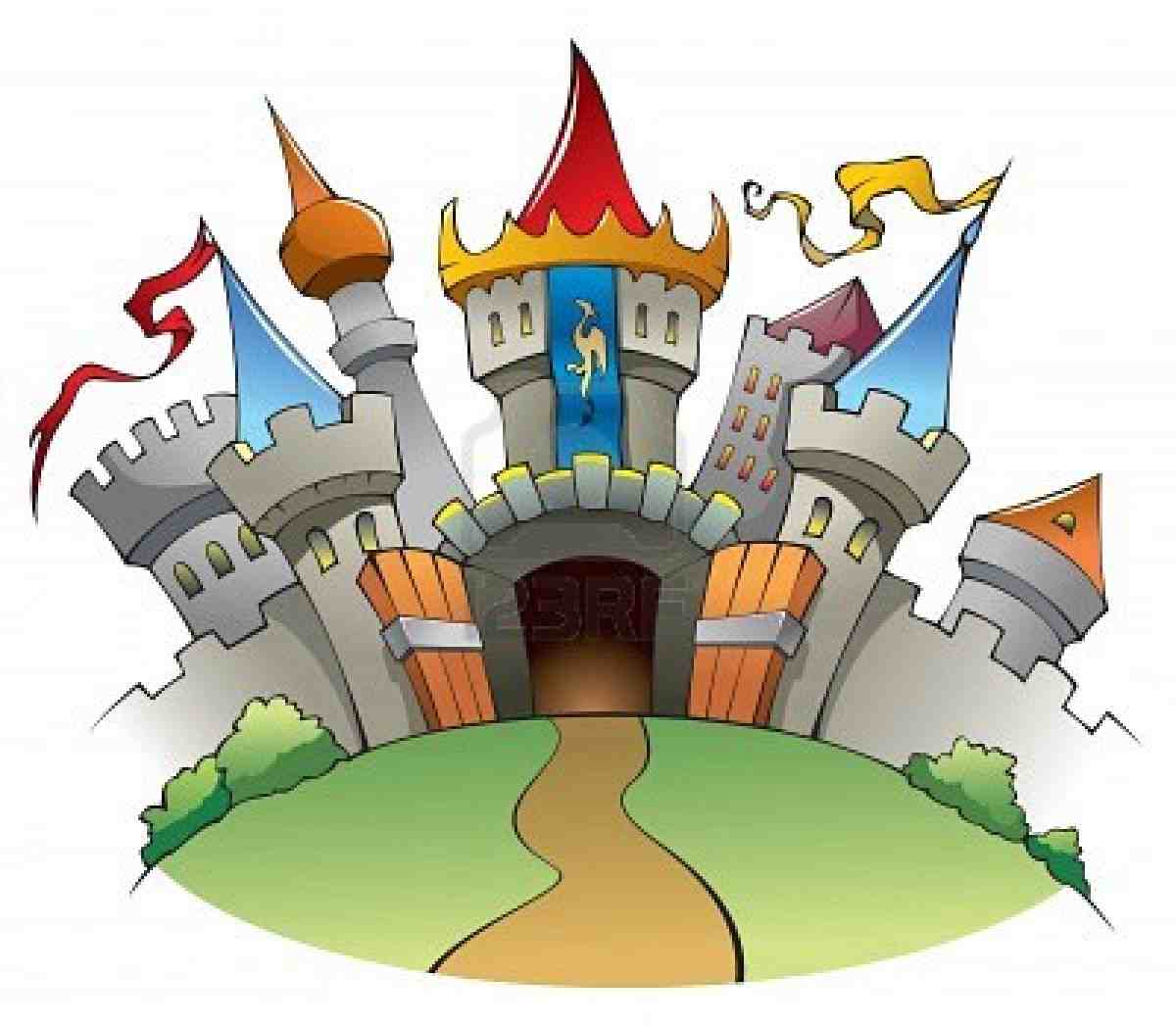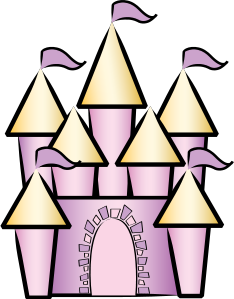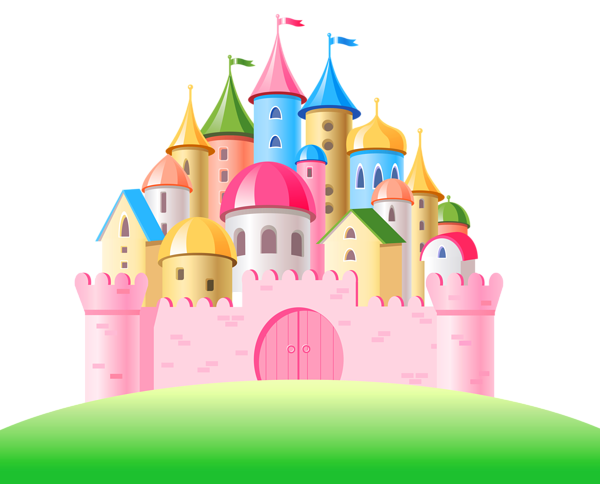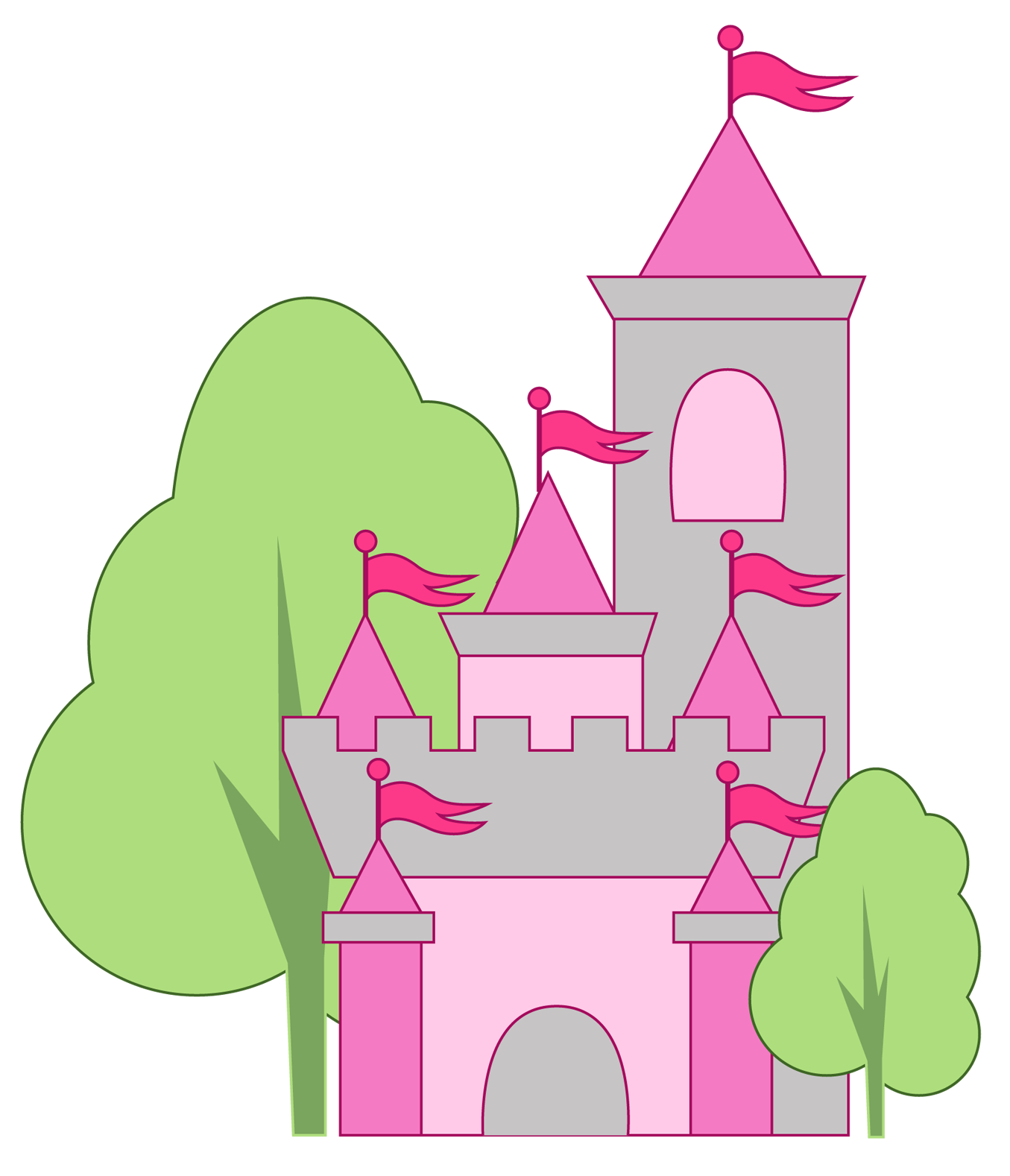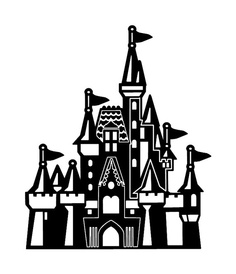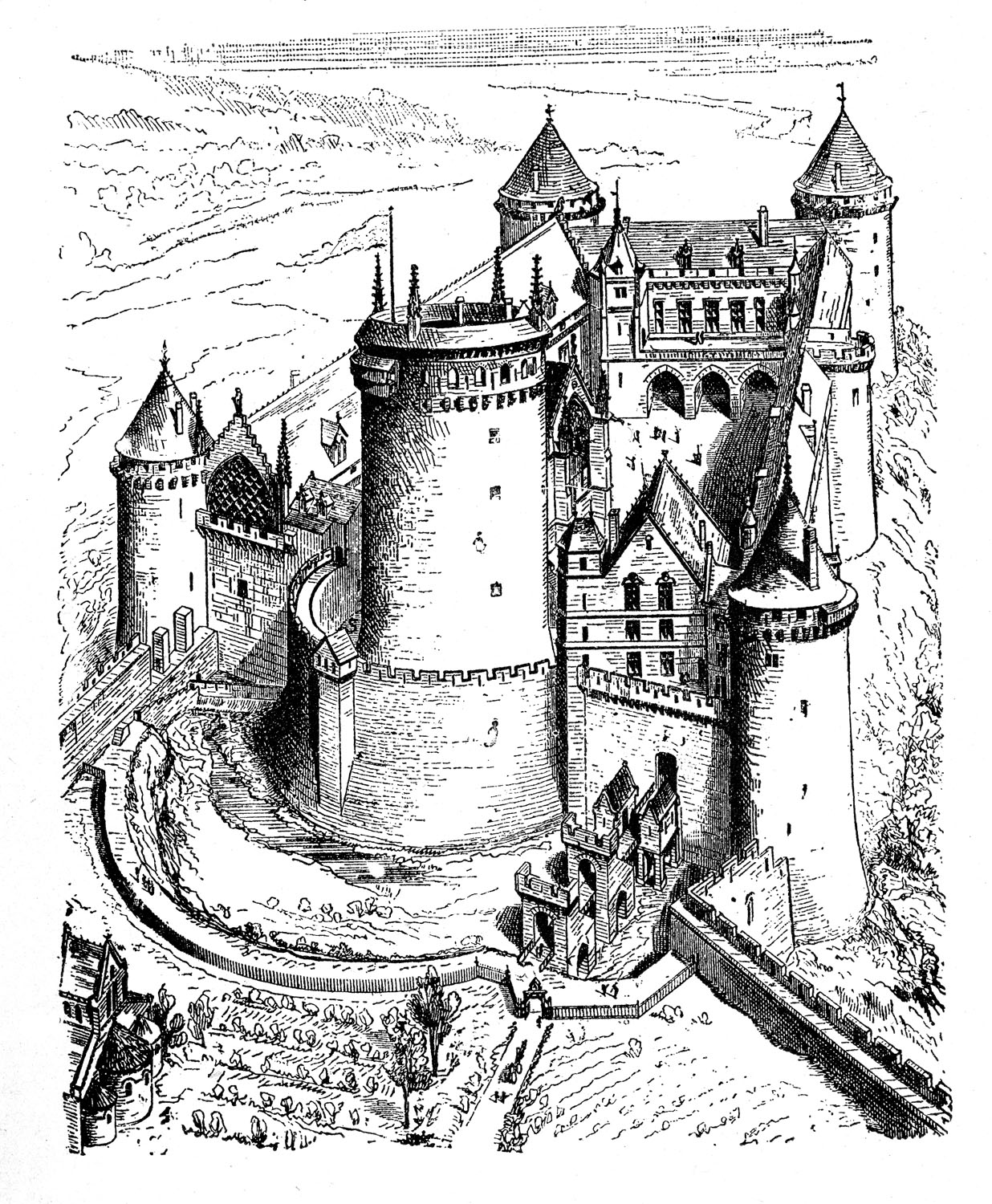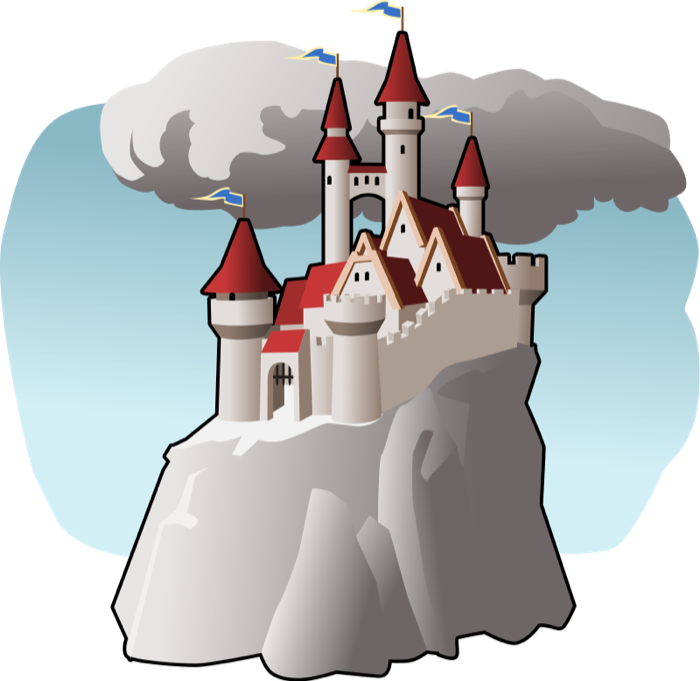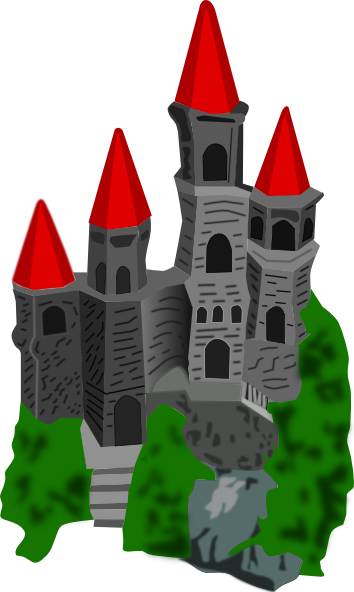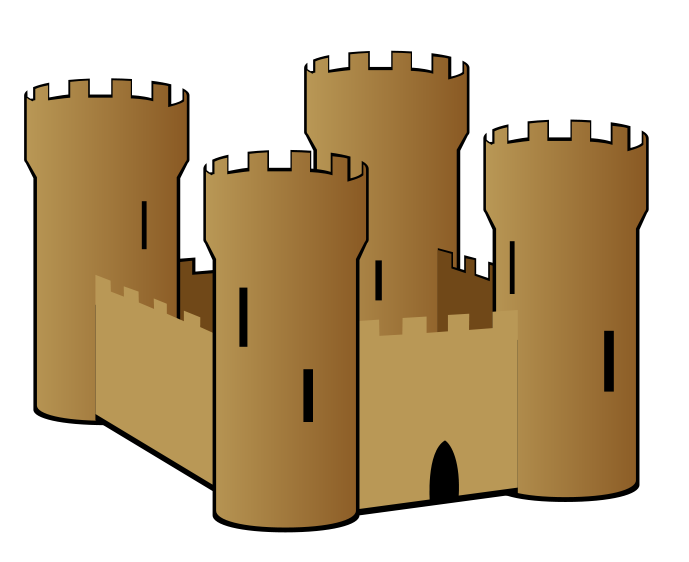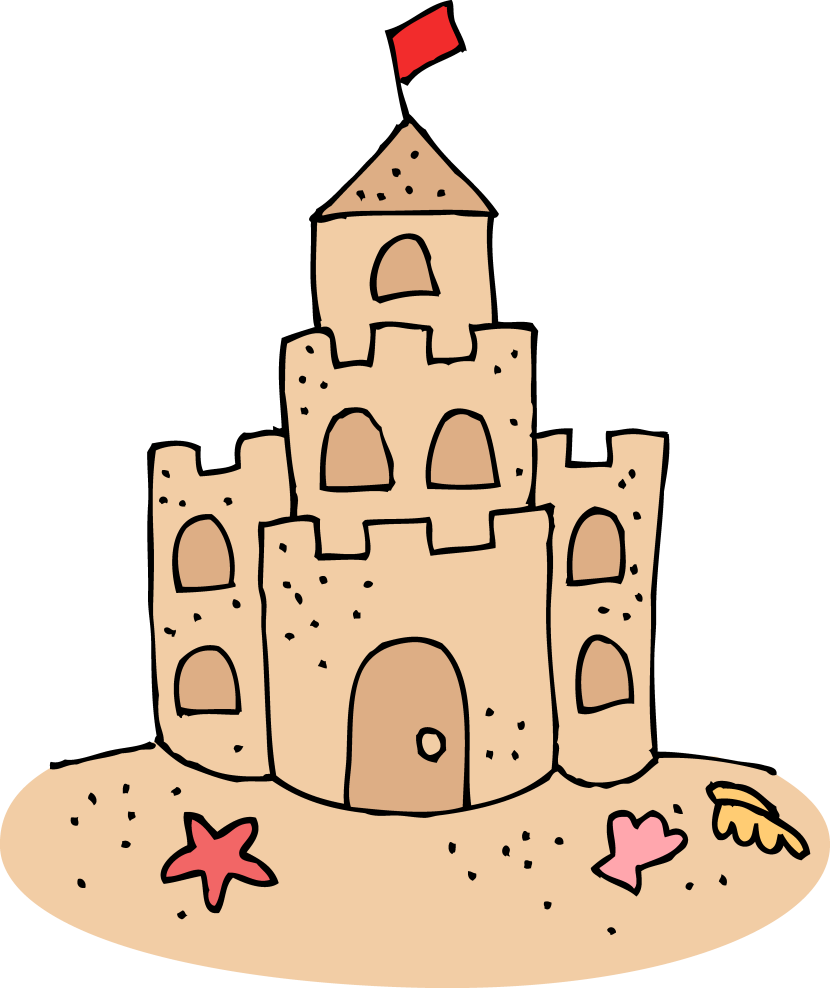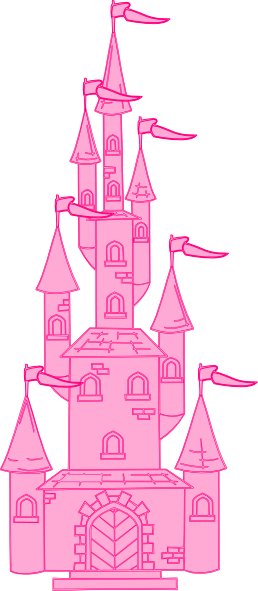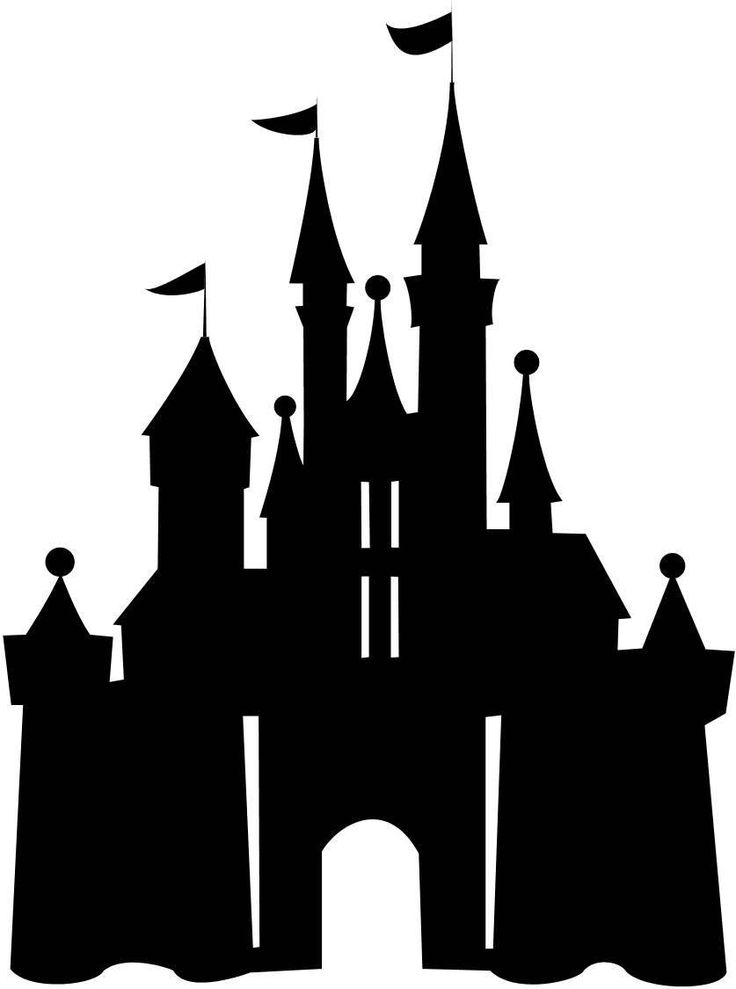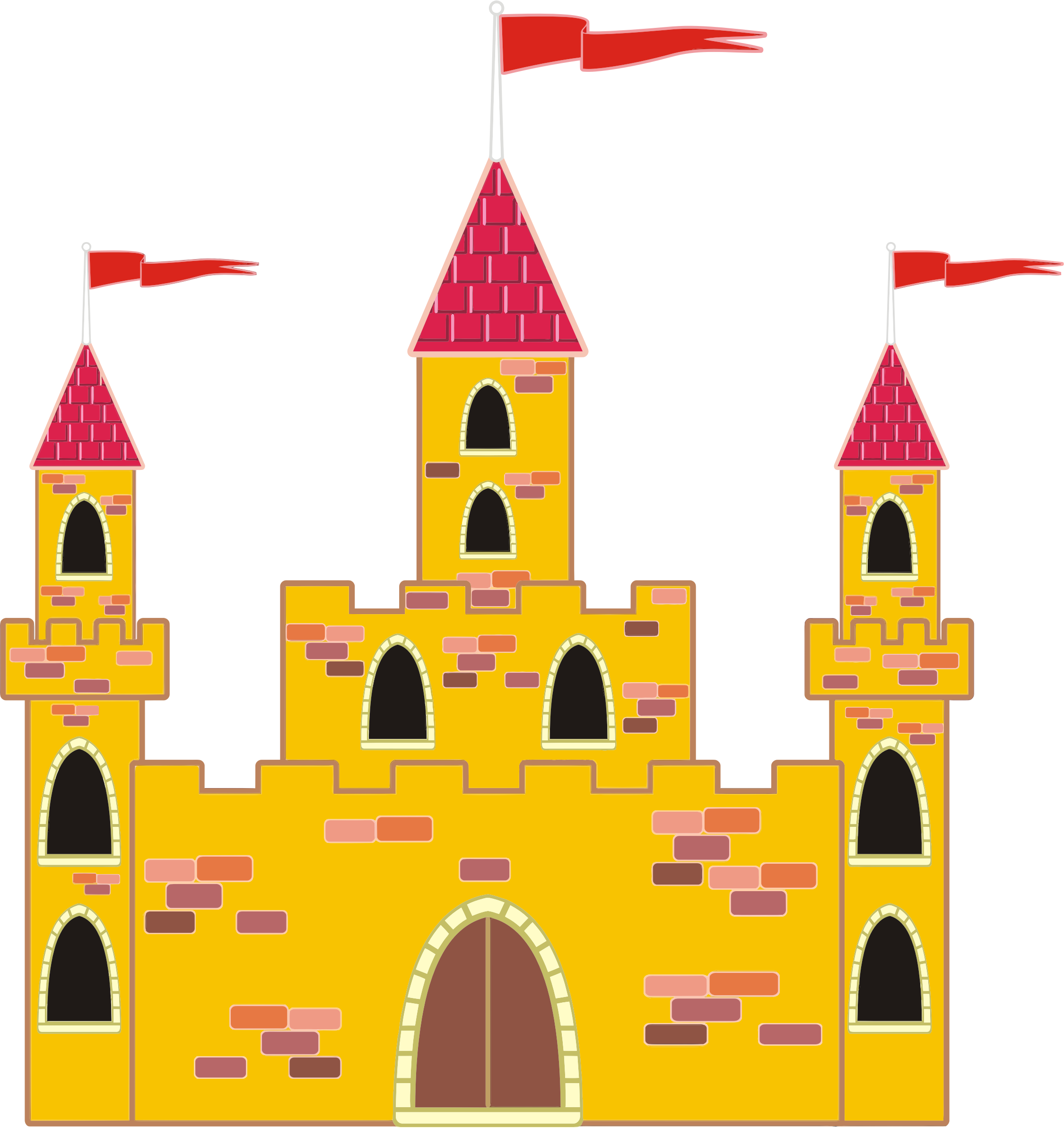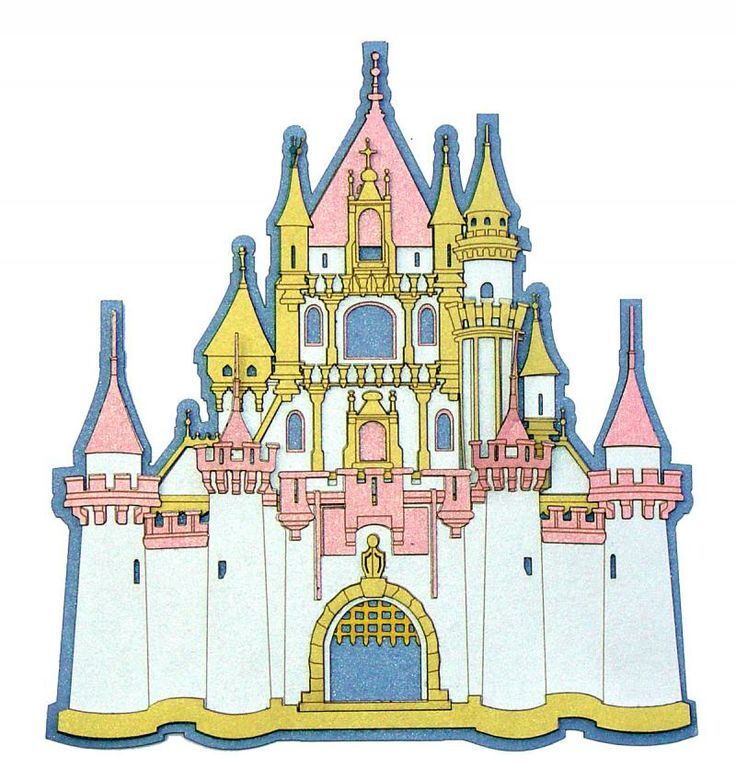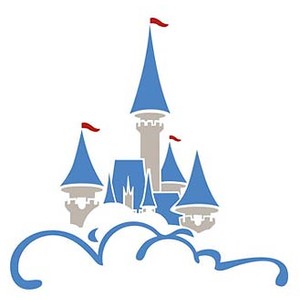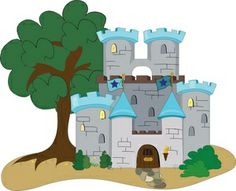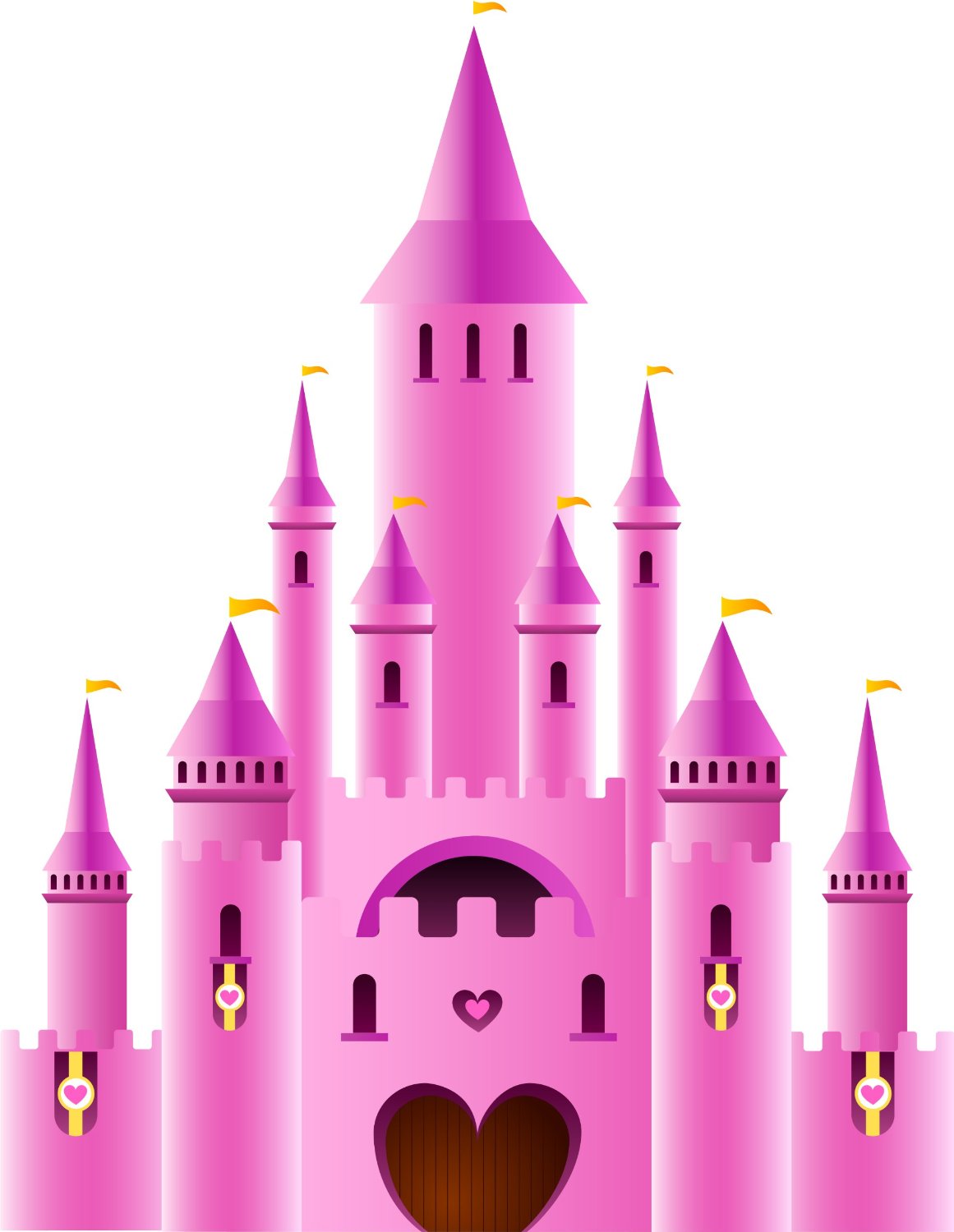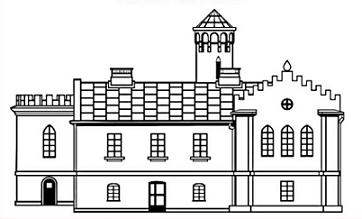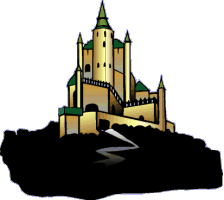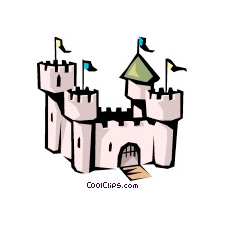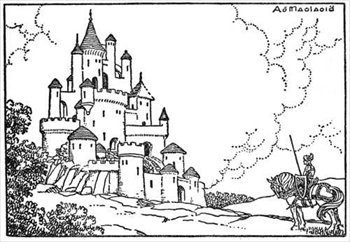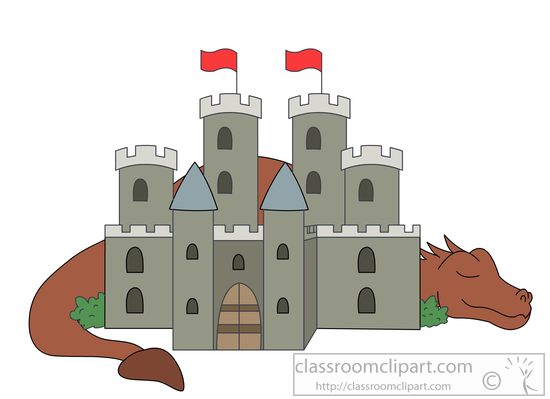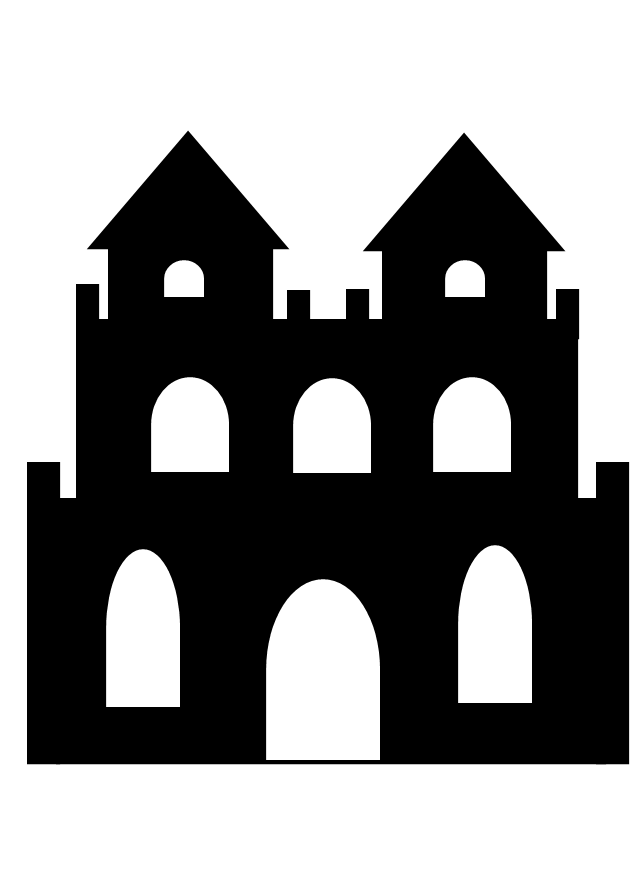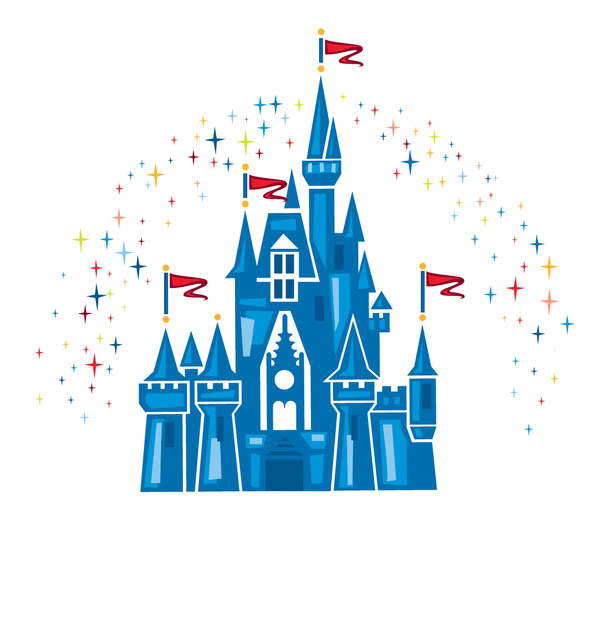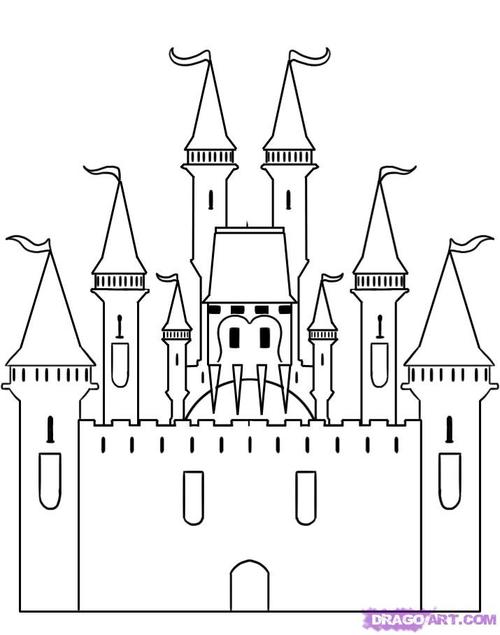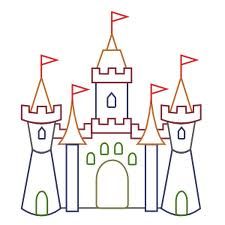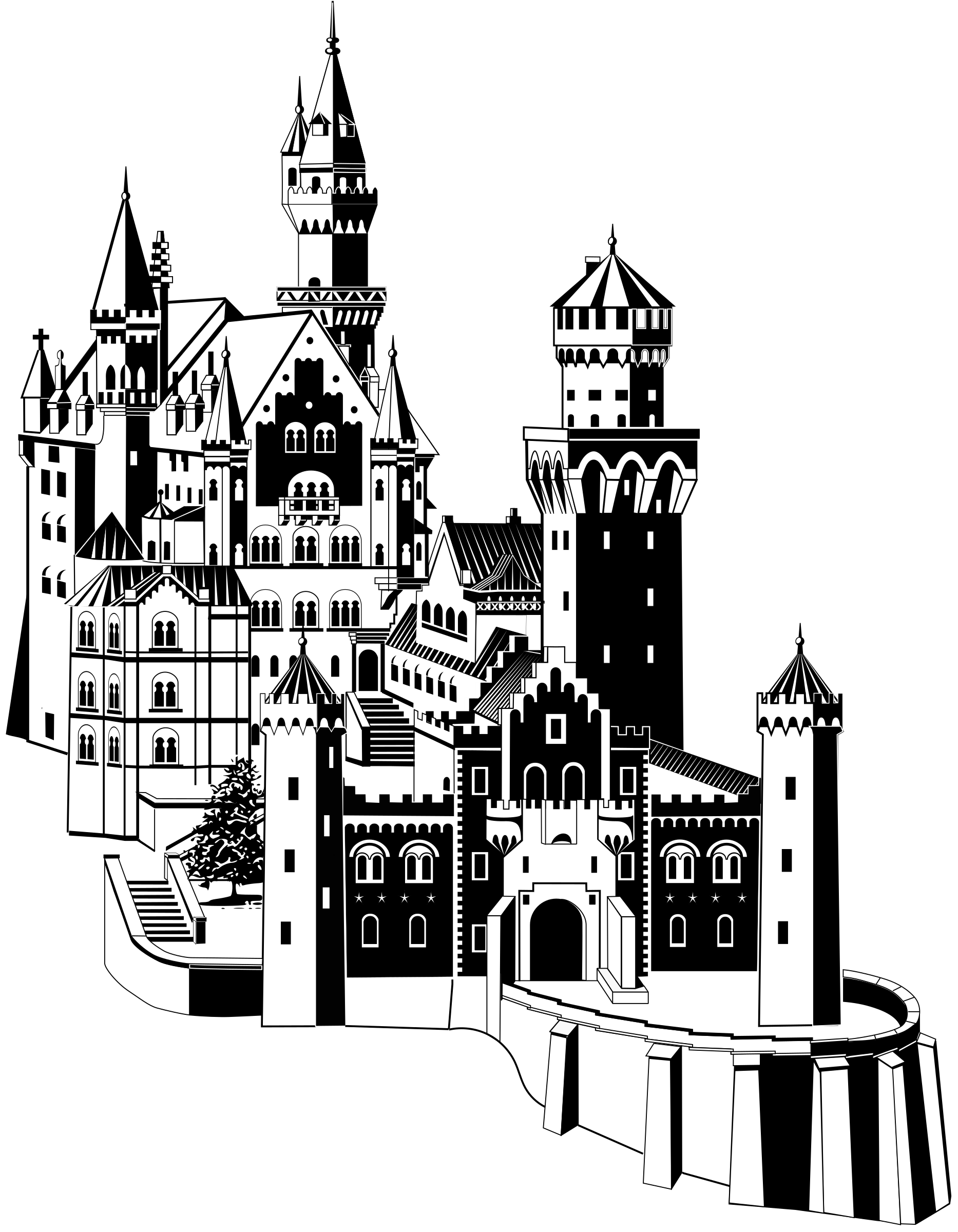Castle Clip Art
Castles conjure up imagery of soaring towers, fluttering banners, and formidable stone walls. These ancient fortified structures serve as noble family residences, administrative hubs, and defensive positions against enemies. Thousands of castles dotted the European landscape over a period of almost 1000 years during the Middle Ages.
While once dominant, many castles now stand in atmospheric ruins. Their architecture and artifacts provide a window into medieval life. Castles remain icons of this era and offer glimpses of its politics, culture, warfare and society. Read on to explore castle history, features, lifestyle and their incorporation into art through castle clipart!
History of Castle Architecture
The original early castles first appeared around the 9th and 10th centuries. As central power structures weakened, lords and nobles built fortified homes for protection and control. Crude timber-and-earthwork design prevailed initially. Then stone castles with keeps emerged in the 11th century, as quarrying became more feasible.
Over the 12th through 15th centuries, defensive castle construction flourished, especially in England, France, Spain and Germany. As weapon technology and siege tactics evolved, so too did castle design in response. Key refinements included concentric rings of thick curtain walls and towers, moats, and minimal openings.
Expression of wealth and influence motivated castle design too. Grand window-filled royal apartments and ornamental turrets developed in the late Middle Ages. By the 16th century, artillery rendered castles increasingly obsolete militarily. They transitioned into lavish palaces and opulent aristocratic estates at this point onward.
Castle Features
Castles utilized natural sites like hilltops or cliffs alongside strategic manmade fortifications. Key defensive inner features included a great tower or stone keep for refuge, thick perimeter curtain walls with towers or battlements, an enclosed courtyard (bailey), and outer defensive works like moats. Gates controlled entry.
Typical self-sufficient castles also housed a great hall, private apartments, soldiery barracks, stables, workshops, wells, storerooms, chapels, and kitchens. Imposing mixing of military purpose and luxuriousness aimed to project power. Advanced castles later had dedicated spaces for entertainment and comfort.
Castle Interiors
The great hall anchored castle interiors as the hub of dining and receptions. These dramatic spaces had large hearths, ample tables, and decorative elements like wall hangings or high windows. Royals and elites enjoyed more private multi-room apartments reflecting status. Kitchens, larders, and cellars enabled self-sufficient food prep and storage.
Soldiers, servants and workers stayed in dormitories built into curtain walls or above stables. Latrines, chapels and guardrooms served various needs. Castles also might incorporate elaborate latrines, chapels, libraries, solar rooms, star-gazing towers, and decorative gardens in later periods as refinement increased.
Siege Warfare and Defense
The ceaseless castle evolution centered on defensive response to weapon innovations in siege warfare. Early wooden motte-and-bailey castles gave way to impenetrable stone as catapults battering technology advanced. Higher towers allowed defenders to rain missiles on attackers from relative safety via arrow slits.
Moats, drawbridges and fortified gates wore down enemy sieges. Secret tunnels offered covert castle access. Concentric rings of smooth tall curtain walls made scaling with ladders difficult, though specialized siege towers enabled approach. By end of the era gunpowder further altered tactics, and symbolism exceeded military reality of castles.
Castle Culture and Lifestyle
Castles functioned practically as both fortresses and estates housing aristocrats, knights and retainers. Lords administrated surrounding lands here. In peacetime, they enjoyed relative luxury, with servants, music, hunting, games, feasts and celebrations. But violence still simmered beneath society in the harsh medieval age.
Women played varied roles too as chatelaines managing domestic affairs, or noble ladies leisurely enjoying gardens and fineries. Jousts, hunts and banquets offered entertainment and events to gather societies’ higher echelons. Castles provided rare enclaves enjoying creature comforts amidst an otherwise rough era.
Surviving Historic Castles
Many medieval castles still stand gloriously intact or evocatively ruined today as museums and landmarks. Magnificent 13th century castles along England’s Welsh Marches border region like Caernarfon or Conwy exemplify military might with tall polygonal towers. French châteaux evolved into splendid royal pleasure palaces like Chambord and Fontaineblue.
Famed German castle Neuschwanstein epitomizes 19th century Romanesque revival romanticism. Iconic fortresses like Malaga’s Castillo de Gibralfaro in Spain or Scotish stronghold Eilean Donan punctuate hillsides overlooking land and seascapes. These surviving castles allow us to tangibly connect with fascinating past eras.
Types of Castle Clip Art
Castle illustrations convey majesty and adventure in varied artistic styles. Cliparts may depict exterior castle views, typical castle features, associated characters or activities, engraved stone textures, banners, storybook aesthetic castles, or isolated elements like crowns and swords.
Some castle clipart focuses on recognizable real-world fortresses. Other imagery shows generic fairytale castles, often quite fantastical. This style works well for party themes, fantasy worlds emphasizing imagination or metaphor over accuracy. Photo-realistic castle clipart can elevate formal projects.
Using Castle Clip Art
Castle motifs enhance almost any creative endeavor evoking medieval historical eras. Old parchment style backgrounds picturing quaint villages surrounding a central fortress effectively transport viewers. Pop cultural phenomena like Game Of Thrones increased interest in medievalcastles too – utilize related clipart in fan tributes.
Symbols implying adventure like swords, shields, maps and helms complement castle illustrations. Castle clipart allows publishers, game designers and event planners flexibility to develop atmospheric graphics around beloved castles, real or imagined!
In this page clipartix present 59 castle clipart images free for designing activities. Lets download Castle Clip Art that you want to use for works or personal uses.
